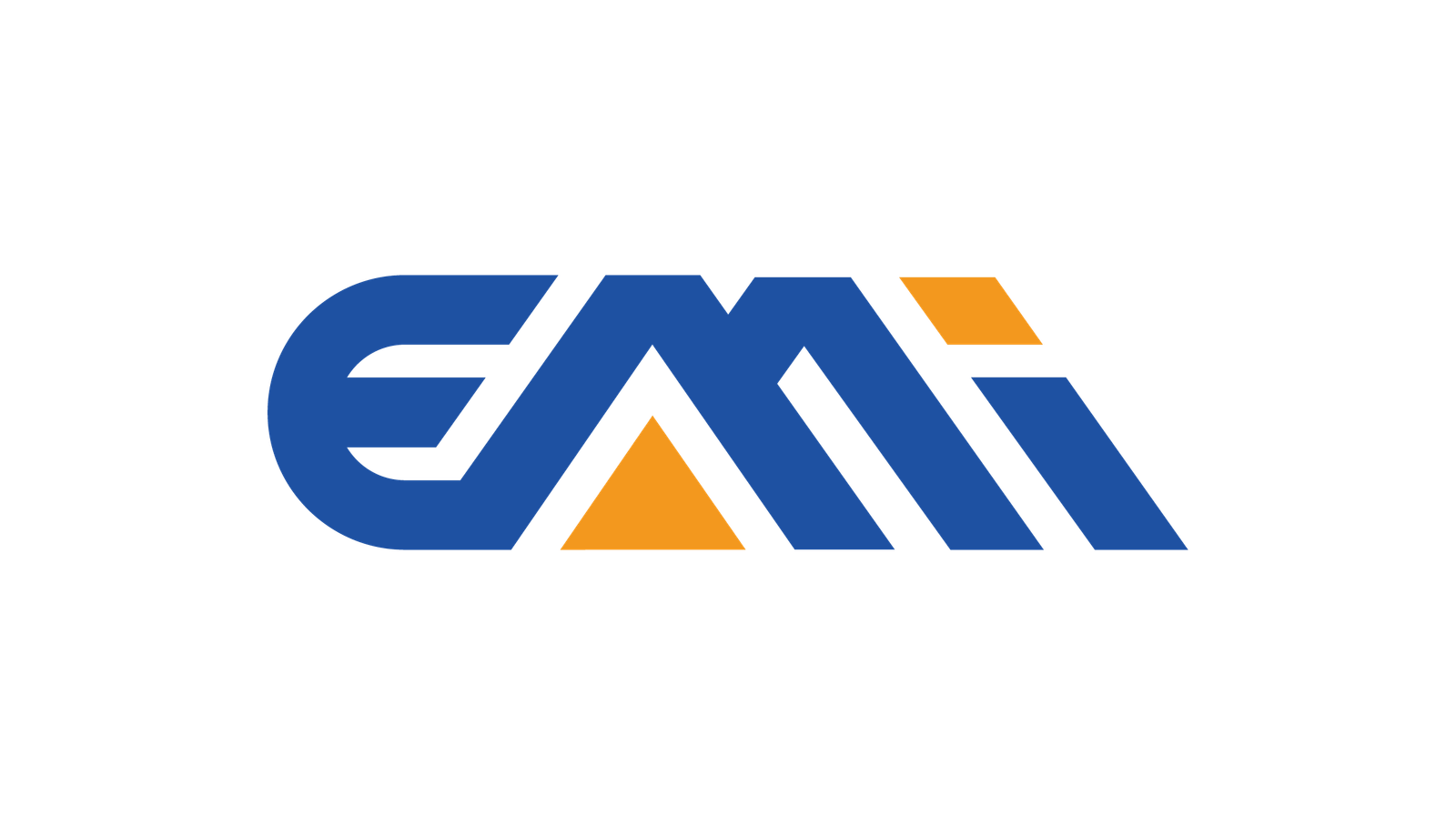Active Components
Active components are electronic devices or components that can control the flow of electric current, amplify signals, and perform various other functions in an electronic circuit. Unlike passive components (such as resistors, capacitors, and inductors), active components require an external source of power to operate. These components are essential in the design of electronic circuits and play a vital role in signal processing, amplification, and control. Here are some common examples of active components:

- Transistors: Transistors are perhaps the most fundamental active components. They can amplify and switch electronic signals. There are various types of transistors, including bipolar junction transistors (BJTs) and field-effect transistors (FETs).
- Operational Amplifiers (Op-Amps): Op-amps are integrated circuits (ICs) that provide high gain for amplifying and processing signals. They are widely used in a variety of applications, including signal conditioning and filtering.
- Integrated Circuits (ICs): ICs are compact packages that can contain a wide range of active components, including transistors, op-amps, and digital logic gates. ICs can perform complex functions such as microcontrollers, memory storage, and analog signal processing.
- Diodes: While diodes are often associated with passive components, certain diodes, such as light-emitting diodes (LEDs) and laser diodes, can emit light and are considered active components.
- Thyristors and Triacs: These are semiconductor devices used in switching applications, particularly in power control and switching.
- Voltage Regulators: These ICs are used to maintain a constant voltage level in a circuit, ensuring stable power supplies for other components.
- Microcontrollers and Microprocessors: These are complete computing systems integrated into a single chip. They are used in a wide range of electronic devices and systems, from household appliances to complex industrial machines.
- Amplifiers: Amplifiers are designed to increase the amplitude of electrical signals. They can be discrete components or integrated into ICs.

Active components are essential for building electronic devices and systems with specific functionalities. They are particularly important in applications where signal processing, control, or amplification is required. These components are widely used in electronics, telecommunications, power electronics, and countless other fields.
Passive Components
Passive components are electronic components in a circuit that do not require an external power source to operate. They store, attenuate, or dissipate electrical energy but do not amplify or control the flow of electric current. Passive components are fundamental building blocks in electronic circuits and serve various purposes. Here are some common examples of passive components:
- Resistors: Resistors are components that provide electrical resistance to the flow of current. They are used to limit current, divide voltage, and control the gain of amplifiers. Resistors are essential for setting bias points in transistor circuits and determining time constants in RC networks.
- Capacitors: Capacitors store electrical energy in an electric field between two conductive plates separated by an insulating material (dielectric). They can store and release energy, filter signals, and block direct current (DC) while allowing alternating current (AC) to pass.
- Inductors: Inductors store energy in a magnetic field generated by the flow of current through a coiled wire. They resist changes in current and are used in applications like filtering signals, energy storage, and inductance-based sensors.
- Transformers: Transformers consist of two or more coils of wire that are magnetically coupled. They are used to change voltage levels, current levels, or impedance in electrical circuits. Transformers are common in power supplies, electric utilities, and signal isolation.
- Diodes: Diodes allow current to flow in only one direction. They are used for rectification (converting AC to DC), signal clipping, and voltage regulation.
- Switches and Relays: While not always passive, switches and relays can be passive components when they are used to control the flow of current without amplification. They are used for opening and closing circuits and controlling other devices.
- Varistors: Varistors are voltage-dependent resistors that protect circuits from voltage surges or transients. They have a high resistance at normal operating voltages and low resistance at higher voltages.
- Potentiometers: Potentiometers, or variable resistors, are adjustable resistors with a three-terminal construction. They are used to vary the voltage or resistance in a circuit, often for volume control or setting reference voltages.

Passive components are integral to most electronic circuits, whether in analog or digital applications. They provide control, signal conditioning, filtering, and other functions necessary for circuit operation. The selection and use of passive components are crucial in designing electronic systems to achieve specific performance characteristics.
In summary, passive components provide stability, filtering, and signal conditioning, ensuring the safe and reliable operation of electronic circuits. Active components, on the other hand, are the workhorses responsible for amplification, signal generation, switching, and precise control, enabling the functionality of modern electronic devices and systems. Both types of components are indispensable in the world of electronics. If you are interested in passive components or active components, you can contact us for further information.

